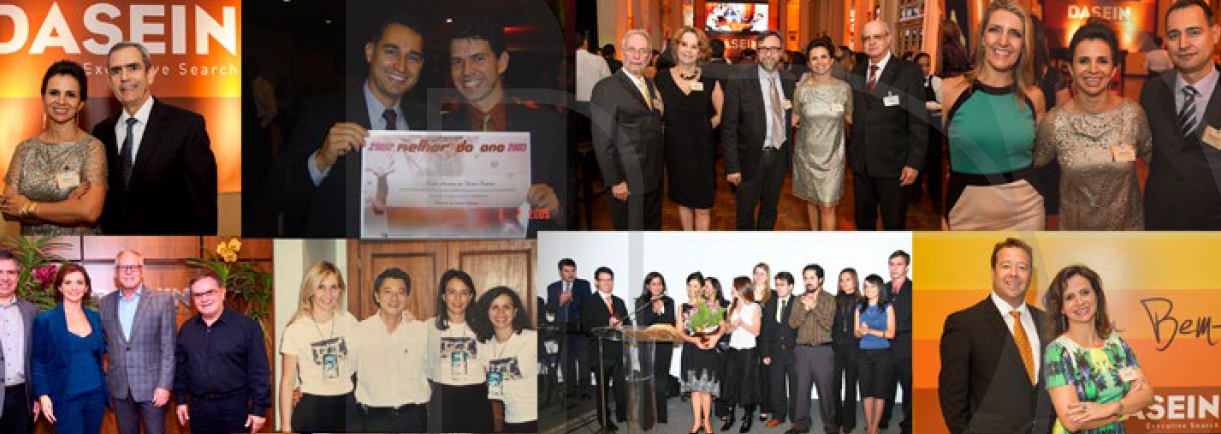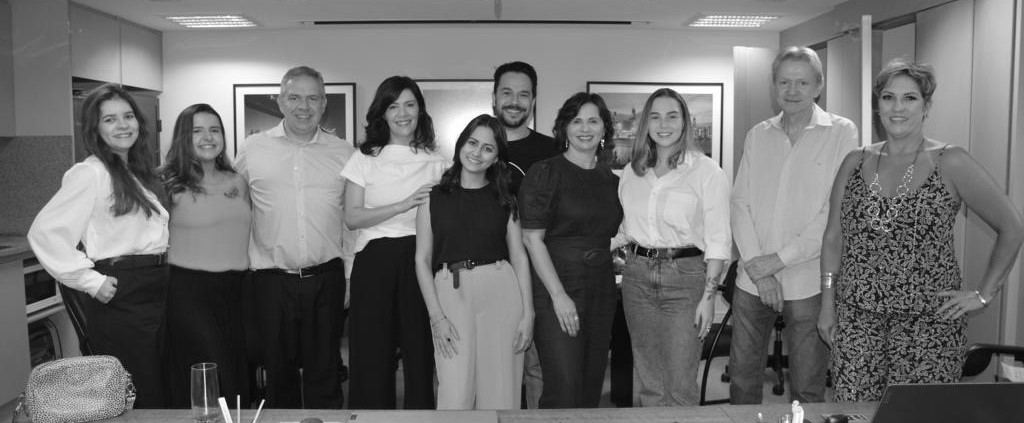Seeking answers, solutions, paths, and alternatives is part of life. Many times we take too long, we get lost, we go in circles. We look far away for what, admirably, is very close. Not rarely, kept inside us, in the spirals of stories and repertoires each one carries. Experience shows us this and it does not fail.
Experience, its value and importance, is practically unanimous. It is difficult to find someone who disparages it. That is why, perhaps, it is one of the good examples of life’s inconsistencies. Let me explain. If we look at leaders over 50 years old, we find more resistance to hiring these professionals. They also receive fewer opportunities and are more pressured to retire when they hold management positions. Why? To make room for new talents. This is not an observation I make based on my daily life, it is what research shows.
The world has changed, and the executive has too
Throughout Dasein’s 30 years, I have observed more objections to candidates over 50, especially in middle management. In general, there is an expectation that the professional occupying this position will continue growing and evolving over time. This desire is natural on the part of the company, and there is nothing wrong with that. Our challenge is to clarify that mature executives are fully capable of developing and want to grow along with the company. Today’s senior executive is not close to (nor wants to) retire as used to happen in past decades.
The ability to adapt and learn is not related to age but to mindset and willingness of each individual. Mature professionals bring baggage that includes resilience, critical thinking, and skill in dealing with complex scenarios, fundamental competencies to integrate new technologies strategically and effectively. It is not fair to simply say that older people have difficulty adapting to new things, are resistant to technology, and outdated. That is a misconception.
By excluding or pressuring these professionals to step aside, companies lose much more than experience: they lose emotional intelligence, a broad repertoire of life experiences, the ability to make decisions based on multiple scenarios, and especially a strategic vision, fundamental competencies to lead in an increasingly complex and automated world.
Executive selection without ageism
About 10 years ago, when the term ageism was still little known, we carried out communication actions drawing attention to the theme, based on our executive searches and within Dasein itself, which is formed by consultants of various ages, including, of course, professionals over 50. We know that age discrimination has always existed and generally happened in a veiled way. We needed to bring this issue to the table, and that is what we did. Early on, we adopted a clear stance against ageism because we understand that maturity brings unique richness, which cannot be replaced by age or trends. Talent, adaptability, and leadership have no expiration date.
This vision led us to incorporate into our processes evaluations that value competencies and attitudes regardless of age, and to support companies in building diverse teams, where the balance between youth and experience generates more robust and sustainable results.
The best of humanity and automation
In a near future, widely impacted by artificial intelligence, the value of human experience, repertoire, and sensitivity will be even more essential. In this sense, creating cultures and environments that foster the meeting of this knowledge, uniting the best of humanity with the best of automation, is what will set companies apart.
At Dasein, we understand that the key lies in diversity of thoughts, generations, in encouraging collaborative learning, exchanges, where different skills and worldviews complement each other. The immense possibilities of automation are not obstacles, they are tools that can be mastered and enhanced by any professional willing to update themselves, regardless of age.
Therefore, instead of reinforcing prejudices, companies must invest in development, inclusion, and breaking myths about age. Thus, they avoid the risk of losing valuable talent and ensure teams are better prepared to face the challenges of digital transformation in a sustainable and humanized way.
Real cases show the value of experience
At the head of Dasein, I had the opportunity to witness countless examples that prove the incomparable value of leaders over 50, stories that can certainly inspire the entire executive community.
One remarkable case was when we assisted a large technology company in hiring an executive over 55 to lead a strategic innovation area. Despite the market being focused on younger profiles, the experience and broad vision of this leader were decisive to implement profound changes, integrate multidisciplinary teams, and lead the company to new levels of competitiveness.
There was also a short list in which we sent all finalists around the age of 50. The company, in the mining sector, needed to strengthen the strategic development area and chose to interview all professionals in this age group who had completed doctorates.
I also highlight the hiring of a 70-year-old professional as general director of a mid-sized technology company. It is a very rare situation, but serves as an example to many. For six years now, the executive has remained in the company, delivering excellent results.
These and many other leaders over 50 that I did not cite here also act as mentors within organizations, promoting the development of younger talents and fostering a culture of collaboration and learning. These executives not only brought stability and security in times of crisis but were essential to preserve the company’s culture while driving digital transformation.
It is important to emphasize that we experienced situations where the commitment and ethics of these more experienced professionals were fundamental to strengthen corporate governance and social responsibility, adding value that goes far beyond financial results.
These and many other cases show that investing in leaders over 50 is not only a matter of fairness or diversity, it is a smart strategy that combines experience, wisdom, and adaptability, resulting in more robust, innovative teams, prepared for present and future challenges.
How to make diversity happen?
First, it is essential to promote the appreciation of generational diversity as a whole, showing that teams balanced across different age groups generate more innovation, creativity, and better results. As a mentor to leaders and companies, I see how urgent it is to deconstruct myths that associate age with incapacity, resistance to innovation, or lower productivity. This requires constant awareness work, based on data, real examples, and success stories that highlight the value of more experienced professionals.
It is also important to invest in continuous development programs that meet the specific needs of this age group, reinforcing the idea that learning and adaptation are lifelong and not exclusive to the young. Training focused on new technologies, reverse mentoring (where the younger also teach the more experienced), and actions that promote knowledge exchange between generations help break myths and build bridges.
In addition to these two actions, communicate. Invest in transparent and constant communication, internally and externally. Share success stories, positive impacts, and the valuable contributions of these professionals in organizations. This is a way to reinforce the message and serves as inspiration for managers, teams, and society.







